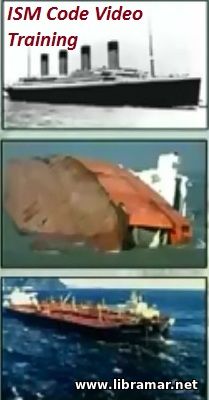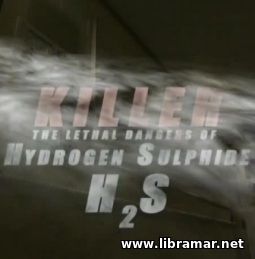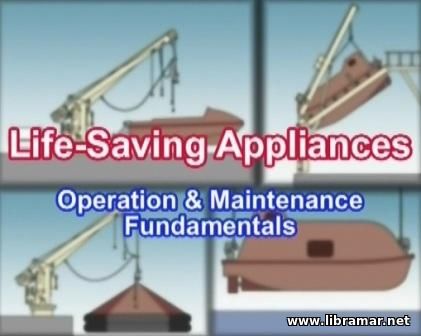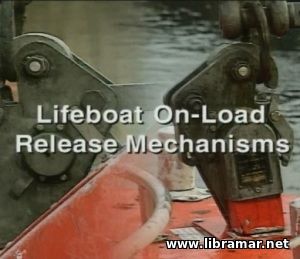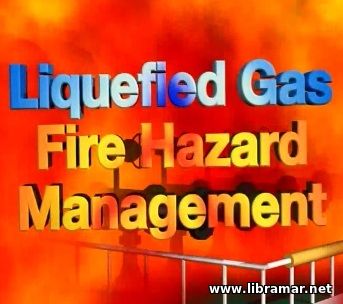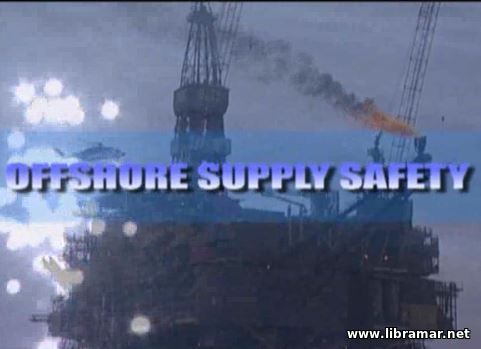
Ships can be dangerous places. No one wants accidents to happen but sometimes they do. How often they do and how bad they are can often depend on the quality and extent of a ship's safety management system, or SMS for short. And how to determine if the system is good enough to keep the crew and shipboard cargo safe and in good condition, prevent pollution and other environmental damages etc.
In recent years, the answer to that question is often being how you apply the International Safety Management Code, usually known as the ISM Code. Like most regulatory systems, the ISM Code has brought support to the industry it affects, but there are other views, as well. The negative assumptions are that they are going to have a very large documented complicated system to meet the requirements of the Code.
A lot of people both ashore and on board ships think it is a paper exercise. Clearly, some people feel that the ISM Code is no more than a bureaucratic burn, a system that has nothing to do with the real life either on a working ship or in a shore-based organization. However, the people's attitude shall be changed.
It goes without saying that the ISM Code is a key element in accident prevention and loss reduction and it need not be the burden as it is sometimes claimed to be. In fact putting it in the heart of the SMS can deliver benefits in terms of the smooth and safe operation of the ship. The safety management system that the company produces should reflect on its business practice...
